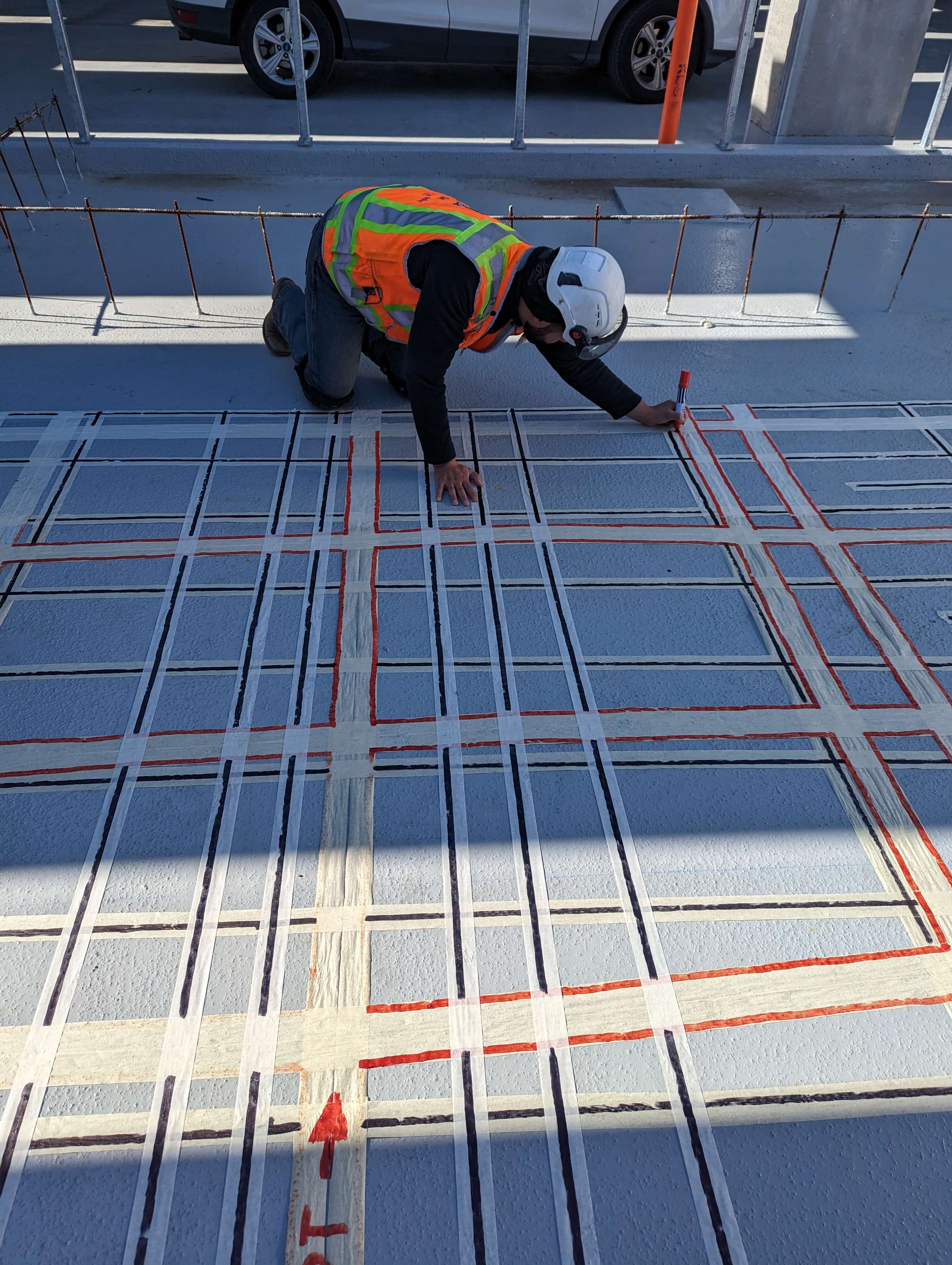Unveil the Transformative Power of Concrete Scanning in Optimizing Effectiveness and Security
Concrete scanning has arised as a crucial tool in the construction market, supplying unparalleled advantages in boosting job efficiency and making certain safety and security criteria. The transformative power of concrete scanning exists in its ability to supply in-depth insights and real-time data, transforming just how projects are planned and performed.
Relevance of Concrete Scanning
Making sure the structural honesty and safety and security of building and construction tasks begins with the essential action of carrying out comprehensive concrete scanning. Concrete scanning is a non-destructive technique utilized to detect and map subsurface elements within concrete structures.
The significance of concrete scanning can not be overemphasized, as it plays an essential function in protecting against crashes, decreasing project delays, and guaranteeing the long-lasting durability of the construction. By determining potential hazards before the building and construction phase begins, home builders can carry out appropriate safety and security procedures and make notified choices relating to the layout and implementation of the task. In addition, concrete scanning assists in maximizing task timelines and budget by avoiding unexpected expenses and hold-ups that may develop because of unforeseen blockages within the concrete. Inevitably, purchasing thorough concrete scanning is a proactive method that improves both efficiency and safety in building tasks.
How Concrete Scanning Functions
Concrete scanning runs as a vital device in construction tasks by using advanced innovations to spot and map subsurface elements without creating structural damage. Ground Permeating Radar (GPR) and Electromagnetic Induction (EMI) are two key approaches utilized in concrete scanning. GPR works by sending out high-frequency radar pulses into the surface, which get better when they encounter subsurface things or spaces. The moment considered the signal to return shows the deepness and location of the things. EMI, on the other hand, uses electro-magnetic areas to determine variances in material make-ups, such as determining rebar or channels within concrete frameworks.
Throughout the scanning procedure, the information collected is evaluated in real-time, allowing prompt recognition of prospective threats or challenges under the surface. By employing these advanced technologies, concrete scanning significantly minimizes the threat of expensive damages and injuries on construction websites.
Benefits of Concrete Scanning
Making use of advanced scanning innovations in construction projects uses a wide range of benefits, boosting both efficiency and safety on-site. One of the primary benefits of concrete scanning is the capacity to discover and find embedded objects such as rebar, post-tension cables, and conduits precisely. By determining these components before drilling or cutting right into concrete frameworks, the risk of unintentional strikes is dramatically reduced, stopping prospective injuries to workers and damage to the structure itself. Concrete scanning aids More hints in planning and designing more properly, as it gives precise info regarding the place and deepness of structural parts.

Study: Concrete Scanning Success

In one more case, a construction business used 3D concrete scanning to evaluate the problem old concrete frameworks in a historical building. The thorough scans supplied important understandings into the level of damage and assisted focus on maintenance efforts effectively. By proactively resolving locations of problem identified with scanning, the business had the ability to expand the life-span of the framework and ensure occupant safety.
These study underscore the transformative power of concrete scanning in enhancing efficiency, accuracy, and safety and security in building jobs.
Executing Concrete Scanning in Projects
Implementing sophisticated scanning innovations during building and construction tasks has ended up being progressively essential for boosting accuracy and safety and security. By incorporating concrete scanning into task preparation and execution, building and construction groups can identify prospective threats, such as rebar or post-tension cables, hidden within concrete structures. This proactive technique decreases the risk of crashes, hold-ups, and costly rework, ultimately leading to extra effective task timelines and spending plans.
To implement concrete scanning successfully, my latest blog post project supervisors need to work together very closely with seasoned scanning specialists to identify the most appropriate scanning strategies for the certain project demands. Involving scanning professionals from the early stages of a task makes it possible for the team to develop thorough scanning plans that deal with key locations of issue and make certain extensive data collection.
Furthermore, integrating concrete scanning right into regular job process can simplify decision-making procedures, as real-time check data provides instant insights right into the problem of concrete frameworks - Concrete Scanning. This data-driven method facilitates notified analytic and makes it possible for teams to make changes promptly, promoting a culture of efficiency and security throughout the project lifecycle

Verdict
In final thought, concrete scanning plays a vital role in enhancing effectiveness and security in building tasks. By using innovative modern technology to detect and map out underlying structures within concrete, this procedure aids to stop expensive errors, ensure structural honesty, and decrease threats on site. With the capability to reveal concealed aspects and supply accurate data, concrete scanning shows to be a useful tool for maximizing task outcomes and making best use of general success.
Concrete scanning is a non-destructive method made use of to detect and map subsurface elements within concrete frameworks. Furthermore, concrete scanning assists in maximizing task timelines and budget plan by staying clear of unforeseen costs and delays that may develop due to unpredicted obstructions within the concrete. One significant instance study involves a large restoration project where concrete scanning played an important role in guaranteeing job success.In an additional case, a building business used 3D concrete scanning to examine the condition of maturing concrete frameworks in a historical building. By incorporating concrete scanning right into job preparation and implementation, building groups can recognize possible threats, such as rebar or post-tension cables, concealed within concrete structures.